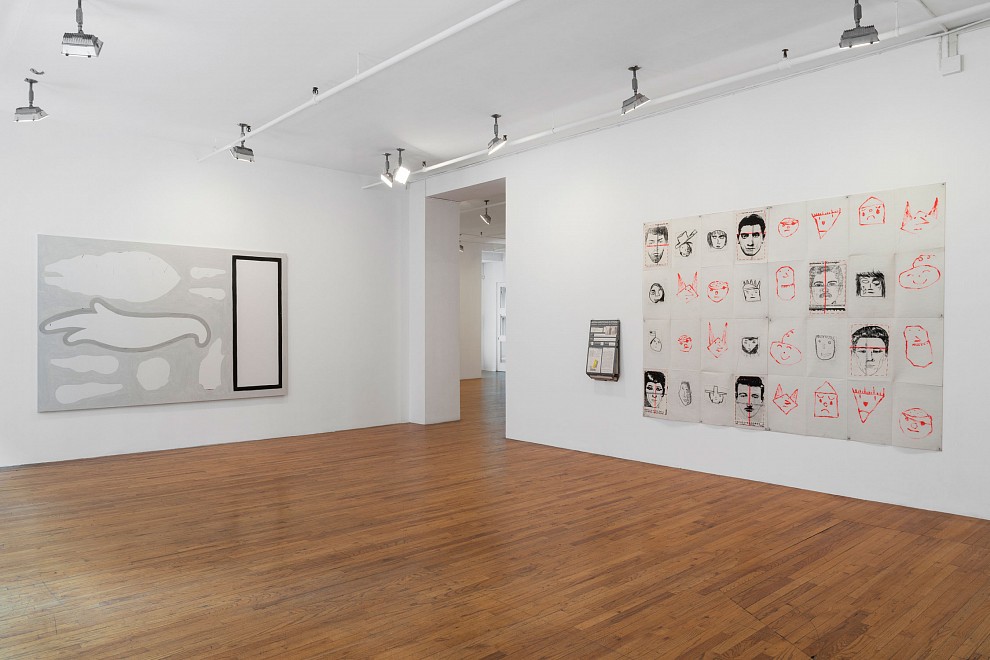London’s Frieze Week sales have never measured up to its winter or summer sales, which include Impressionist and Modern art, because their focus is more limited. But while confined to middle-market post-war and mostly contemporary art, they saw significant growth for a time, increasing from £85 million in total sales in 2006 to £292 million in 2017, including over £50 million from the 20th century Italian art sales alone.
But since then, they have declined. In fact, disrupted by Covid, the loss of Italian sales to Paris, and the bureaucratic burdens of Brexit, they have declined significantly. By 2021, they had shrunk to £195 million and, despite a comeback last year, registered just £182 million ($222 million) this year. (ArtTactic today released a figure of £114 million for Frieze Week sales but that was for hammer prices—i.e., excluding the buyer’s premium—and only included the evening sales of contemporary art and not the day sales.) The chief statistical culprit in the downturn was Sotheby’s, which clocked a below-estimate £57.9 million ($70.7 million) compared to £111.2 million last year. (Price totals include the buyer’s premium.)
Looking at the respective totals by the auction houses, it was neck and neck between Christie’s and Sotheby’s in the contemporary departments, their evening and day sales combined bringing £56.2 million ($68.6 million) and £57.9 million ($70.7 million), respectively, with Phillips trailing in third—but not so far behind as in the past—at £25.4 million ($31 million). But Christie’s sales were lifted with the inclusion of 38 lots from the collection of the late Sam Josefowitz, which realized £51.8 million ($63.2 million), £42.3 million of which were for 19th and 20th century art and Old Master and modern prints from the collection (the rest being for classical Asian works of art).
Josefowitz had famously cross-disciplinary taste, ranging from late-19th-century symbolism and the Pont-Aven School to Diego Giacometti furniture and prints, but this was by no means the cream of the collection. Much of it had been disposed in his lifetime. In 1997, Josefowitz sold 17 paintings and 84 prints to the Indianapolis Museum of Art for a reported $30 million, including the iconic Portrait of M Felix Feneon in 1890 by Signac, now at MoMA, and Gauguin’s Christmas Night (Blessing of the Oxen) (1902 -03). In 2016, 35 works from the collection were sold by Christie’s in Paris for €2.7 million.
But this auction was probably the last from the estate, triggered by the death of his widow. Distributed between London and Paris and valued at over £80 million ($98 million) in all, it was noteworthy that the most valuable leg of the sale was staged in London. Apart from London’s traditional depth in departmental expertise in the collecting areas Josefowitz was interested in, the decision seems also to have been taken to coincide with “London Creates,” a campaign to promote London as a leading global creative center, supported by Christie’s. It also coincided, of course, with the staging of Frieze Masters in London with its focus on older, cross-disciplinary art forms.
Aristide Maillol, Portrait de Mademoiselle Jeanne Faraill (1888–1889). Courtesy Christie’s.
Certainly, the turnout at the auction was impressive, the room really filling out after the thin attendance in the later stages of the contemporary art sale. And it started with a bang with an estimate-topping record £2.4 million ($2.9 million) for a painting by Aristide Maillol, Portrait de Mademoiselle Jeanne Faraill (1888–1889), made before the artist turned to making his now more familiar sculpture.
Bidders from Asia and America then vied for Self-Portrait Etching at a Window (1648), by Rembrandt, which more than doubled estimates to sell for £277,200 ($338,669). The winning bid was taken by Tessa Lord, who heads up the post-war department, indicating some cross-category buying was in action. Another rare print, Dürer’s woodcut, Rhinoceros (1515), tripled estimates to sell for £614,000 ($750,154) though this time the bid was taken by Christie’s print specialist Richard Lloyd.

Albrecht Durer, Rhinoceros (1515). Courtesy Christie’s.
Not everything performed so well. Of the four paintings by Gustave Caillebotte, two sold below estimate and two didn’t sell at all.
There were three paintings by the Swiss post-impressionist Félix Vallotton, all of which sold. One, Cing heures (1898), sold for a record £3.7 million ($4.5 million). Still, occasionally, it appears, Josefowitz may have got carried away when bidding. In 2014, he paid a triple-estimate CFH 1.4 million ($1.5 million) for Vallotton’s late Un Soir sur la Loire (1923), but last week it only returned £882,000, or $1.1 million.
He did better with a moody symbolist landscape, Autumn—Five Crosses (1902) by Finnish artist Akseli Gallen-Kallela, which he had bought in 1985 for £77,000 ($100,000) at Christie’s. Previously owned by the philosopher Ludwig Wittgenstein, it sold to a bidder in the room last week for a record £1 million ($1.2 million), albeit at a hammer price on the low estimate.

A gallery staff member looks at a painting by Felix Vallotton, Cinq heures (1898), during a photocall at Christie’s auction house showcasing the highlights from the private collection of Sam Josefowitz in London on October 6, 2023. Wiktor Szymanowicz/Future Publishing via Getty Images
Four tables by Diego Giacometti, made specially for Josefowitz, all sold well, the best being La console ‘Hommage a Böcklin’, conceived in 1978 with reference to the symbolist painter Arnold Böcklin. It surpassed estimates to sell for £5.1 million ($6.2 million), just short of the record $6.8 million.
Another of his favorites was Dutch painter Kees van Dongen, and the fate of the examples sold off here seemed to divulge something about today’s taste. One, La Quietude (1918), a hotly colored and suggestive composition of two entwined female nudes, doubled estimates to sell to an Italian bidder for £10.8 million ($13.1 million), just a shade off the record $13.8 million. Another, the more softly colored La Porte Dauphine (ca. 1923), which he had acquired in 2007 during a market boom for $1.8 million, did not find a buyer close enough to its £600,000 ($732,600) low estimate to sell.
The Sam Josefowitz collection sales continue at Christie’s in Paris on Friday, October 20, and in the London Old Masters sales on December 7.
More Trending Stories:
Four ‘Excellently Preserved’ Ancient Roman Swords Have Been Found in the Judean Desert
Follow Artnet News on Facebook:
Want to stay ahead of the art world? Subscribe to our newsletter to get the breaking news, eye-opening interviews, and incisive critical takes that drive the conversation forward.



